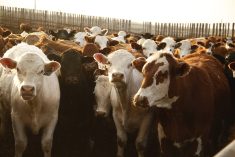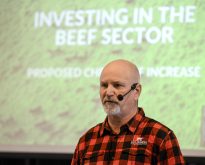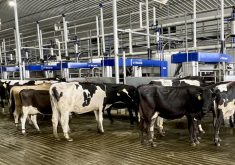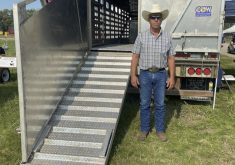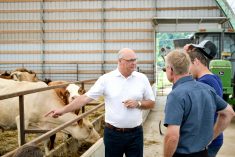Lactanet is introducing its Body Maintenance Requirements (BMR) evaluations for bulls this month as part of its ongoing work to help dairy producers maximize production per kilogram of dry matter intake.
Speaking at Lactanet’s recent Open Industry session, geneticist Dr. Allison Fleming said the BMR is not directly related to feed costs per litre of milk. In fact, when creating its feed efficiency tools, Lactanet scientists deliberately sought to factor out the portion of feed used by the cow to maintain its body weight.
But that doesn’t change the fact that, if one cow requires significantly more feed to maintain its condition than most of its herd mates, it will be a more costly cow to keep.
Read Also
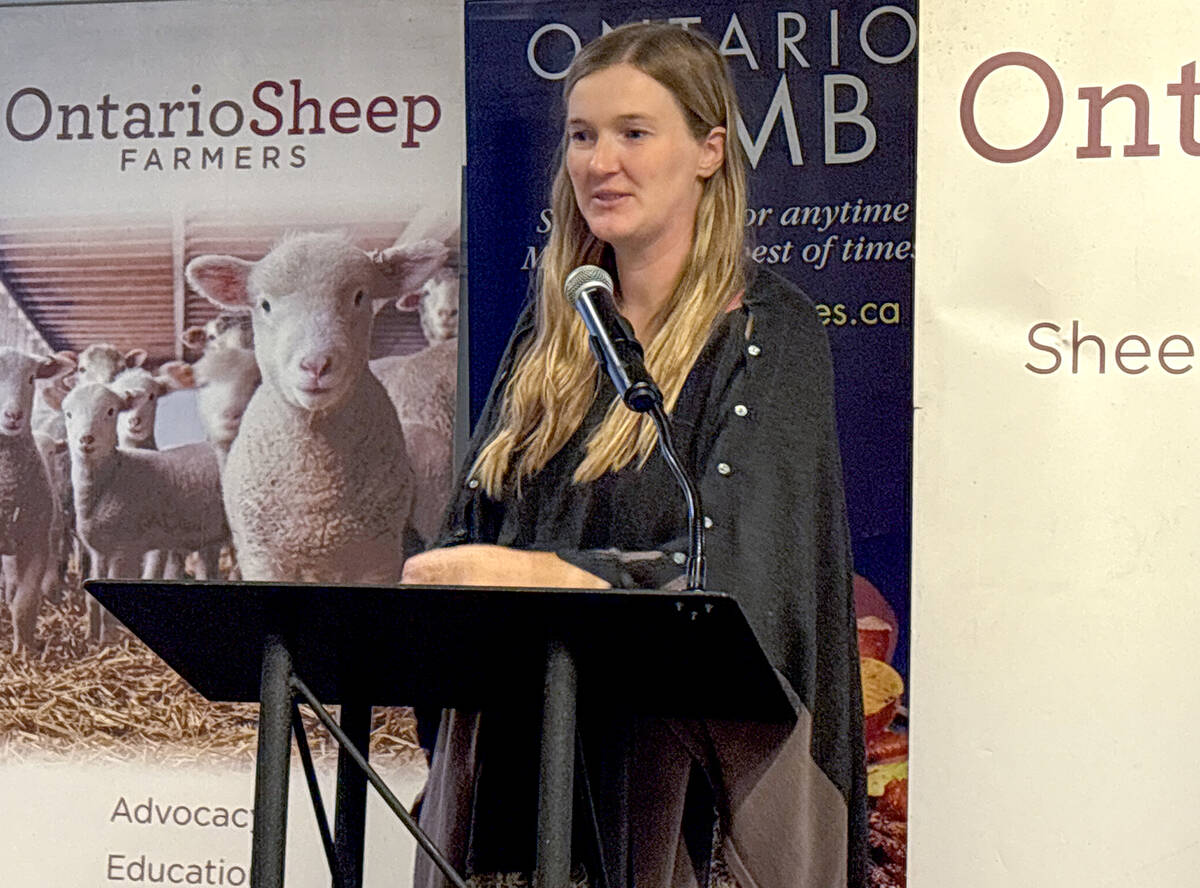
Footflats Farm recognized with Ontario Sheep Farmers’ DLF Pasture Award
Gayla Bonham-Carter and Scott Bade, of Footflats Farm, win the Ontario Sheep Farmers’ 2025 DLF Ontario Pasture Award for their pasture management and strategies to maximize production per acre.
Why it matters: The new index could help producers choose animals that need less feed so they can better control costs.
“Most differences in costs for rearing and maintaining dairy animals can be attributed to differences in body weight,” Fleming wrote in an article recently posted to the Lactanet website. “In other words, heavier cows are generally less efficient than smaller cows due to their greater maintenance requirements.”
In April, Holstein bulls in Lactanet’s list of proofs will have BMR evaluations that offer predictions on how much feed their daughters could require for body maintenance alone, independent of requirements for milk production.
The evaluations are based on more than 800,000 body weight records from almost 550,000 cows collected over 20 years, mostly in Quebec and the Atlantic provinces through the work of feed advisory services run by Lactanet’s predecessor agency.
For the new evaluations, records from only first, second and third lactation between zero and 305 days in milk were used, with the largest number of records coming from first-lactation animals.
“That is the group that we had the most records available from,” Fleming said in an interview with Farmtario. “But we wanted to make sure we also looked at the later lactations because those cows that are staying in the herd longer are the ones that are going to have an effect on feed costs.”
Fleming said that “it’s quite co-related” that a first-lactation cow with high maintenance requirements is generally going to be one of the bigger cows in the herd, but the relationship isn’t always straightforward.
Holsteins in Canada have seen a genetic trend toward larger animals. Lactanet has worked to ease this trend through evaluations of bull traits related to conformation and stature.
But with a combined heritability – taking in first, second and third lactation – of 47 per cent for the BMR index, Fleming says producers should feel confident when selecting for the trait that the bull’s offspring will require less feed.
“Not everybody is going to want to breed for this trait, and we’re not telling everybody that they should be,” she said. “But if a producer is interested in reducing feed costs, we’re telling them that this is something they should consider.”
Fleming noted this is one advantage of the Canadian dairy genetics sector’s approach to body maintenance requirements compared to the U.S., Australia and northern Europe. In those jurisdictions, feed efficiency evaluations and BMRs are combined into a singular “Feed Saved” genetic tool.
“We opted not to (combine the two into Feed Saved),” she said. “That way, producers have a choice whether they want to concentrate on just feed efficiency or just (Body Maintenance Requirements), or if they want to look at both together.”







